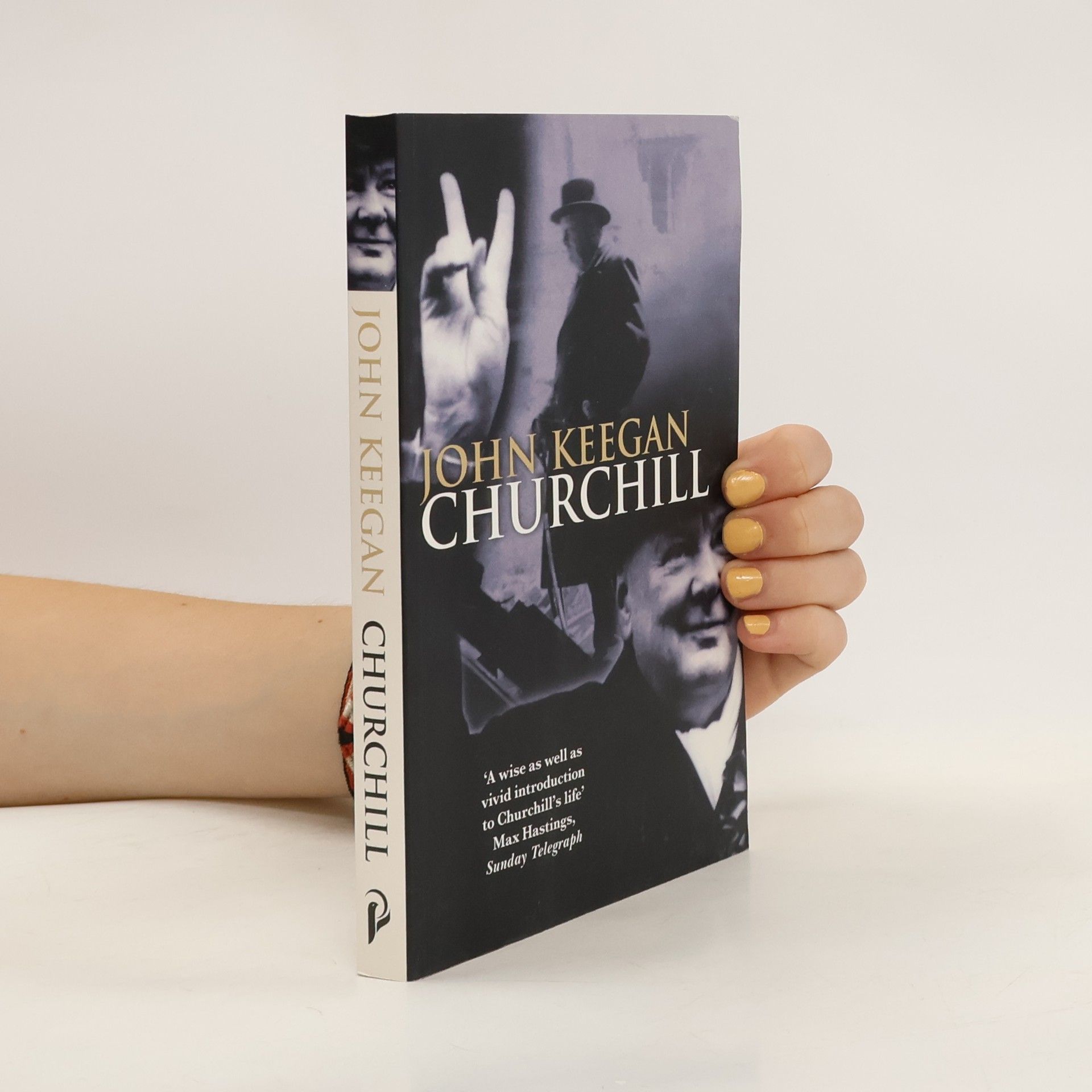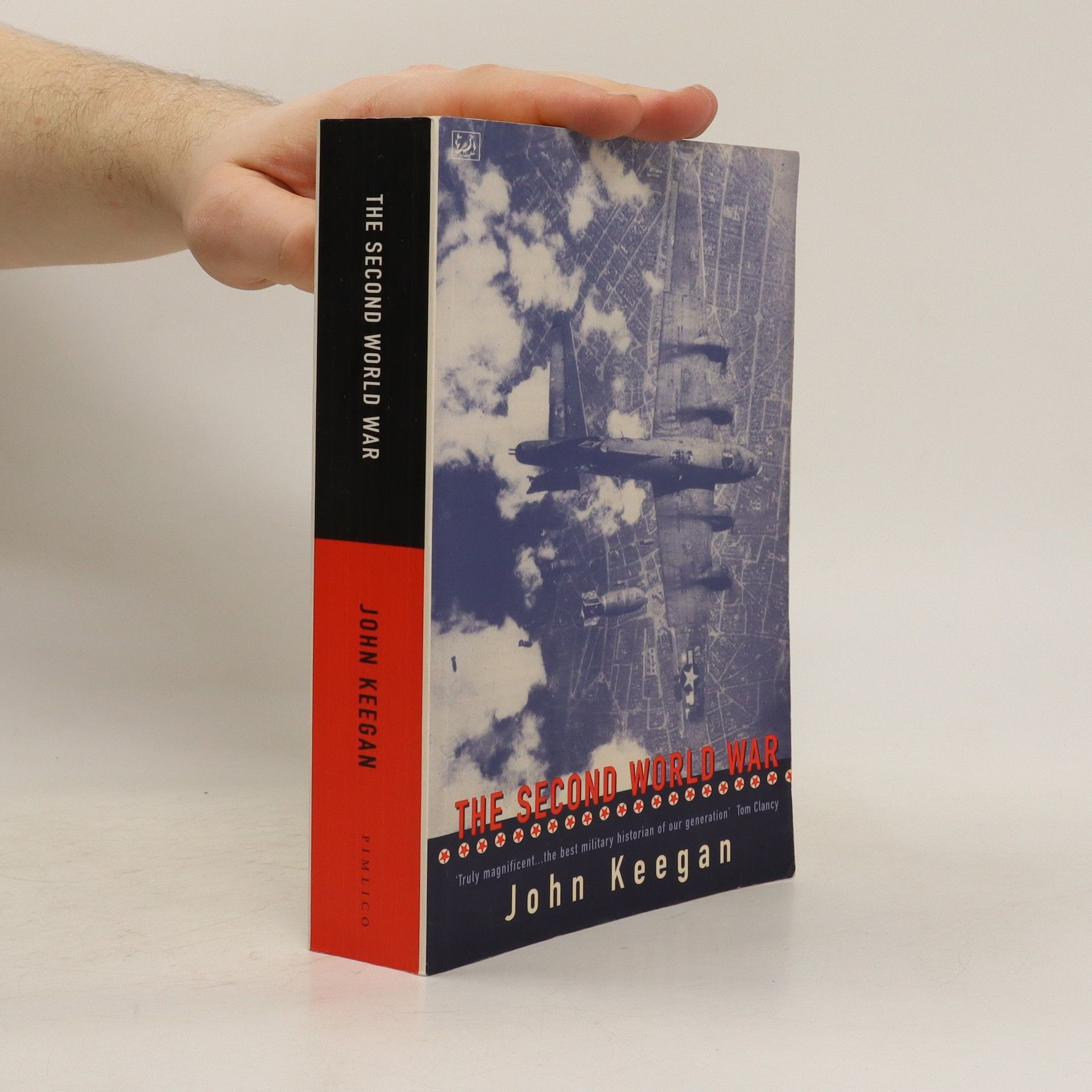Who's Who in the Second World War is a completely original view of World War II, as seen from the human, rather than military, viewpoint. This fascinating and authoriative guide assembles the most important and significant characters from amongst the vast array of those involved in this monumental conflict. World War II, unlike World War I, was truly a global conflict, fought in every one of the five continents, and by combatants from every continental region. It was also, as World War I had not been, a conflict of ideologies. As a result its most significant figures have a particular richness and depth, including not only soldiers and statesmen of orthodox background but three dictators of world stature, and a host of politicians, heroes, martyrs, idealists, and traitors. From the British minister Duff Cooper to the dictator Joseph Stalin, from Nancy Fiocca of the French Resistance to Hitler in all his manifestations, every angle of the war is represented in intriguing detail. Each entry conveys not only the salient facts about the life and career of each figure but also the flavor of their individuality. Full of meticulous research and up-to-date scholarship, and including a thorough chronology of the war, Who's Who in the Second World War in an invaluable aid to an understanding of the characters, as well as the action, of the Second World War.
John Keegan Libri
Uno storico militare britannico ha esplorato la natura del combattimento attraverso i secoli e in varie forme di guerra, da quella terrestre a quella di intelligence. Le sue opere si sono addentrate nella psicologia della battaglia, esaminando come si è evoluto il conflitto e come hanno risposto gli individui. Keegan ha offerto profonde intuizioni sulla storia della guerra.







Battle at sea
- 304pagine
- 11 ore di lettura
The author concentrates on four key conflicts, Trafalgar, Jutland, Midway and the Battle of the Atlantic. He aims to take readers into the heart of the fighting and also to give them a panoramic view of naval warfare through the centuries.
Who's Who in Military History
- 352pagine
- 13 ore di lettura
Providing detailed biographies of the most interesting and important figures in military history from 1450 to the present day, this book is a unique and valuable source of information for both the student and the general reader. schovat popis
Routledge Who's who in World War II
- 192pagine
- 7 ore di lettura
World War II was a truly global conflict, fought in every one of the five continents. The players included not only soldiers and statesmen of orthodox background, but three dictators of world stature, Hitler, Mussolini and Stalin; demagogues such as Goebbels and ideologues like Alfred Rosenberg; politicians of charismatic power, like Roosevelt; prophets of national resistance, like Charles de Gaulle and of national liberation like Mahatma Ghandi. Routledge Who's Who in World War II: * brings together over 300 of the most important characters from every sphere of responsibility * provides a unique reference source about the life, career, and personality of each character Routledge Who's Who in World War IIoffers a concise guide for both the student and the general reader.
The Price of Admiralty
- 353pagine
- 13 ore di lettura
Military historian John Keegan’s gripping history of naval warfare’s evolution. In The Price of Admirality, leading military historian John Keegan illuminates the history of naval combat by expertly dissecting four landmark sea battles, each featuring a different type of warship: the Battle of Trafalgar, the Battle of Jutland in World War I, the Battle of Midway in World War II, and the long and arduous Battle of the Atlantic. “The best military historian of our generation.”—Tom Clancy “The Price of Admirality stands alongside Mr. Keegan’s earlier works in its power to impart both the big and little pictures of war.”—The New York Times
Churchill
- 192pagine
- 7 ore di lettura
The greatest politician and statesmen of the twentieth century by Britain's leading military historian. schovat popis
The Face of Battle is military history from the battlefield: a look at the direct experience of individuals at 'the point of maximum danger'. It examines the physical conditions of fighting, the particular emotions and behaviour generated by battle, as well as the motives that impel soldiers to stand and fight rather than run away. And in his scrupulous reassessment of three battles, John Keegan vividly conveys their reality for the participants, whether facing the arrow cloud of Agincourt, the levelled muskets of Waterloo or the steel rain of the Somme
The Second World War
- 520pagine
- 19 ore di lettura
In this comprehensive history, John Keegan explores both the technical and the human impact of the greatest war of all time. He focuses on five crucial battles and offers new insights into the distinctive methods and motivations of modern warfare. In knowledgable, perceptive analysis of the airborne battle of Crete, the carrier battle of Midway, the tank battle of Falaise, the city battle of Berlin, and the amphibious battle of Okinawa, Keegan illuminates the strategic dilemmas faced by the leaders and the consequences of their decisions on the fighting men and the course of the war as a whole.
A group of military historians examine the careers of 20 key generals who served under Winston Churchill in World War II. John Keegan's introduction examines Churchill's strategic cast of thought and working methods. Intolerant of failure, he sacked his generals ruthlessly and, according to the text, came to be sesrved by men of exceptional abillty as leaders, field commanders or specialists in irregular warfare.
The Mask of Command
- 384pagine
- 14 ore di lettura
The Mask of Command is about generals: who they are, what they do and how they affect the world we live in. Grant and the false heroic of Hitler - John Keegan propounds the view of heroism in warfare as inextricable linked with the political imperative of the age and place.


